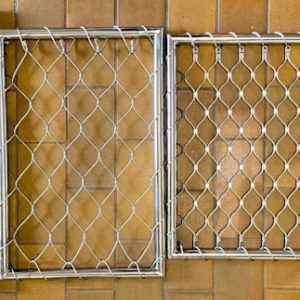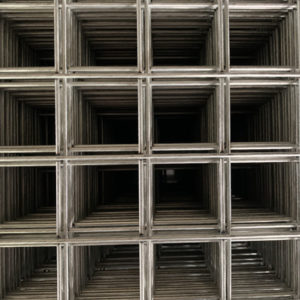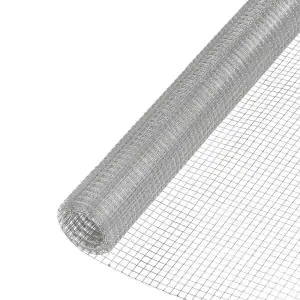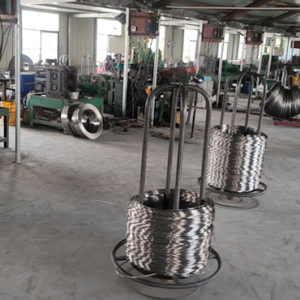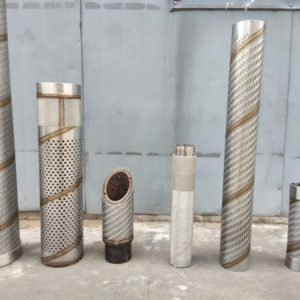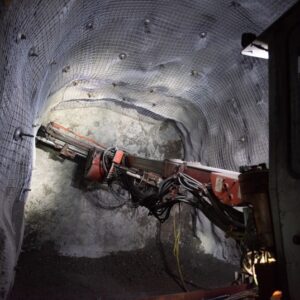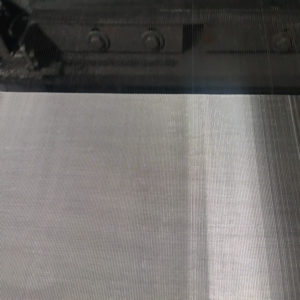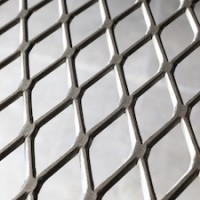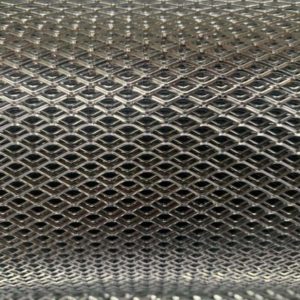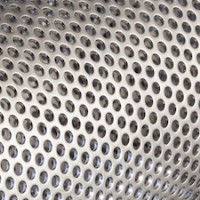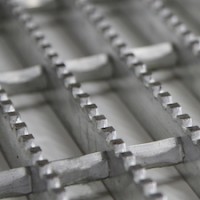With metal mesh being used more often, the structure those buildings have is transformed through the practice, thereby raising its aesthetic effectiveness from the visual point of view. This material’s versatility is unrivalled as architects and designers, who are well aware of its all encompassing characteristics, may testify. Metal mesh has amazing capabilities. The facade of a building can use metal mesh as cladding or partitions that can be either exterior or interior walls. They can also be used as shading systems. The visual appeal, and also the functionality features, that the glass can provide, make it an effective tool in contemporary architecture.
The Evolution of Metal Mesh in Architectural Design
The idea of metal mesh can be used in architecture over many decades- for instance, it was used years ago by the Ancient Romans and Egyptians for various reasons. These basic versions of metal placing achieved primarily the technical targets, providing ventilation or reinforcement of the buildings. In the later years louvia graphic started to admire it for the general impression too. In the Renaissance era metal mesh was being widely used in decorative screens and grilles. As a result, buildings of the period developed an intricate motive.
An Architectural Process of Metal Mesh Selection and Their Properties
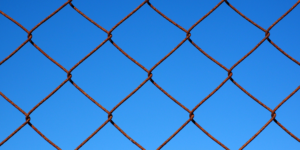
In the world of architecture, metal mesh has different forms, and the features that distinguish each type separate them from each other. There are subcategories here, for example, woven mesh wire, which makes use of interweaving the wires individually. Hence, such a type of mesh offers superior strength and longevity, which are necessary to produce structures that need to have a high degree of stability. Another type is the expanded metal mesh, which is a material obtained by cutting, tearing, and stretching a sheet of metal to the form of diamond-shaped openings. Extended metal mesh is light in weight and quite rigid, making it the perfect choice when the weight factor comes to use.
Advantages of Using Metal Mesh in Architectural Design: Comprehensively describing all the legal facts
The application of metal screens in architectural design provides a tailored solution and contributes significantly to a win-win case. In fact, an architectural metal mesh creates a unique texture, depth, and visual interest to buildings, therefore adding to their overall aesthetic quality. With the sight of the netting arrangement in the mesh, which can produce impressive visual impacts in the form of light-and-shadow variations that may change an ordinary structure to a piece of art. Moreover, is not only a standard material but can be individualized to fit any particular project’s design standards, hence, allowing the architects to develop special and trendy designs.
Additionally, metal mesh has the energy efficiency and sustainability benefits. Through integration of metal mesh into building envelope, one can optimize the natural ventilation and day lighting, hence, diminish the demand for artificial lighting and mechanical ventilation. It not only helps to diminish energy consumption but also the inside climate becomes healthier and more comfortable. The metal mesh is also a sustainable material selection as it can be separated from the other materials and used again at the end of its life cycle.
Applications of Metal Mesh in Modern Architecture:
Mesh metal is among the most versatile and adaptable materials used in modern architecture around the world. One of the most significant instances is the Guggenheim Museum Bilbao in Spain by Frank Gehry. The museum’s iconic exterior, made of titanium with metal mesh panels, generates a dynamic and visually captivating facade. For instance, there is the Beijing National Stadium that was designed by Herzog & de Meuron, who also designed the Bird’s Nest. The exterior of the stadium is consisted of a lattice-like metal mesh, which gives a futuristic look to the building.
The mesh being made of metal can be used in different architectural styles, from contemporary to traditional. In the modern architecture, metal mesh is mostly used to create the simple and chic designs, making them even more suitable for modern buildings. In a classic architecture, metal mesh can have a function of reinterpreting the traditional elements like screens or lattices, and these elements can get a modern look.
Shortcomings and Restrictions of Employing Metal Mesh in Architecture Design
Along with the advantages of the mesh metal, the designer has to consider the possible problems and limitations. The one barrier is the cost of materials and installation. While the metal mesh tends to be costlier than other construction materials, its installation can be quite complex and time-consuming. Furthermore, the openness of metal mesh can offer privacy concerns in certain situations, and thus, additional measures are needed to make sure that privacy and security are maintained.
The other issue is regular service and cleaning of metal mesh. With time, metal mesh can tend to get dirty, dusty and become clogged with other impurities, thereby affecting the look and function of the mesh. A periodic clean and check are necessary to keep the mesh in its best condition.
Future of Metal Mesh in Architecture: Trends and Innovations that Cannot be Ignored
The future of metal meshes in architecture seems promising, with the embrace of new trends and innovations that allow for new design ideas. First of all, the use of technology in metal mesh systems has become a trend. For instance, intelligent mesh technology can be used to regulate the light transmission and heat gain through windows, thereby optimizing energy efficiency and comfort. Another trend is that sustainable materials are used in metal mesh manufacturing such as recycled metals or bio-based materials.

As regards innovations, evolving fabrication techniques are now capable of making mesh structures that are more intricate and sophisticated. Another promising technique in 3D printing technology is the creation of custom-designed metal mesh panels with novel patterns and textures.
Conclusion: Reminding the function of the metal mesh in the architectural design
Finally, metal mesh is an important factor in the process of modern architecture. Its multiple applications, aesthetic qualities, and practical advantages are the reasons why this is a highly sought-after material for architects and designers both. From the beginning to the present time and even towards the future, the metal mesh will carry on to develop and change the way buildings are constructed. Having experienced technological advancement and new inventions, the future will probably bring more and more promising options for metal mesh in architecture.

